Name Martin Chambi | Role Photographer | |
 | ||
Artwork Woman from Tinta, Marriage of Convenience | ||
Homenaje a Martín Chambi, Fotógrafo peruano" Pionero de la fotografía de retrato"
Martín Chambi Jiménez or Martín Chambi de Coaza, (Puno, Peru November 5, 1891 – Cuzco, September 13, 1973) was a photographer, originally from southern Peru. He was one of the first major indigenous Latin American photographers.
Contents
- Homenaje a Martn Chambi Fotgrafo peruano Pionero de la fotografa de retrato
- Sucedi en el per mart n chambi 1 4
- Beginnings as a photographer
- His work and photography
- Critical response
- Chronology
- References
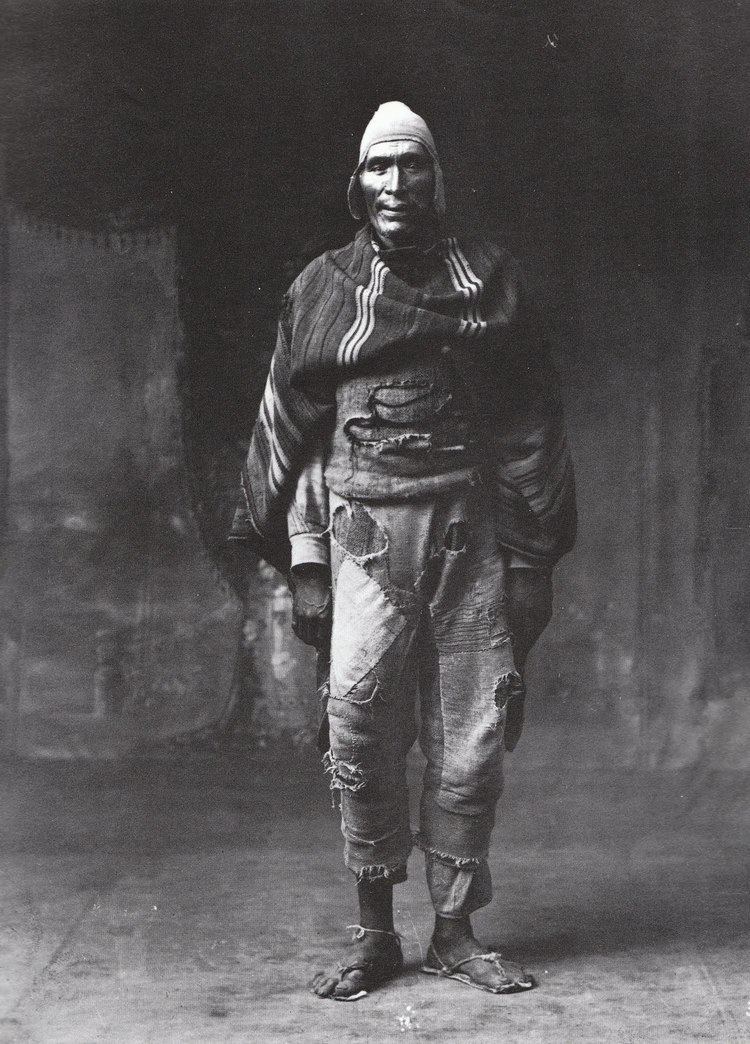
Recognized for the profound historic and ethnic documentary value of his photographs, he was a prolific portrait photographer in the towns and countryside of the Peruvian Andes. As well as being the leading portrait photographer in Cuzco, Chambi made many landscape photographs, which he sold mainly in the form of postcards, a format he pioneered in Peru.
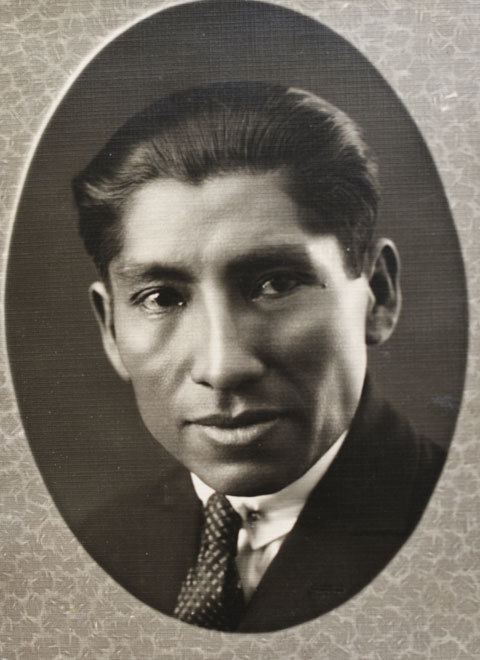
In 1979, New York's MOMA held a Chambi retrospective, which later traveled to various locations and inspired other international expositions of his work.
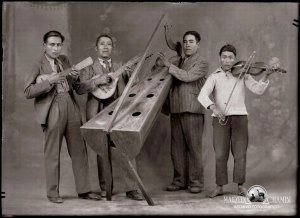
Sucedi en el per mart n chambi 1 4
Beginnings as a photographer
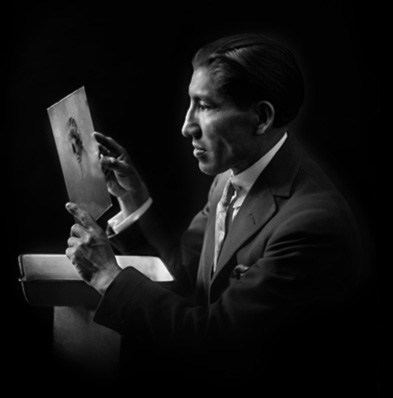
Martín Chambi was born into a Quechua-speaking peasant family in one of the poorest regions of Peru, at the end of the nineteenth century. When his father went to work in a Carabaya Province gold mine on a small tributary of the River Inambari, Martin went along.

There he had his first contact with photography, learning the rudiments from the photographer of the Santo Domingo Mine near Coaza (owned by the Inca Mining Company of Bradford, Pa). This chance encounter planted the spark that made him seek to support himself as a professional photographer. With that idea in mind, he headed in 1908 to the city of Arequipa, where photography was more developed and where there were established photographers who had taken the time to develop individual photographic styles and impeccable technique.
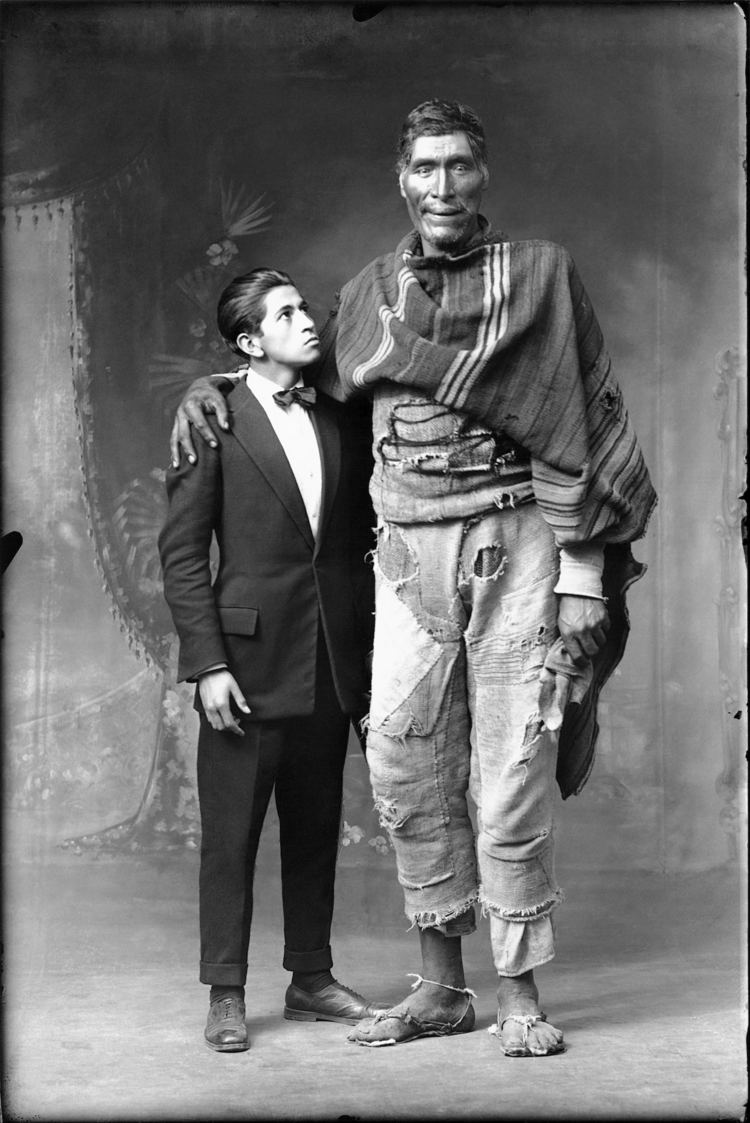
Chambi initially served as an apprentice in the studio of Max T. Vargas, but after nine years set up his own studio in Sicuani in 1917, publishing his first postcards in November of that year. In 1923 he moved to Cuzco and opened a studio there, photographing both society figures and his indigenous compatriots. During his career, Chambi also travelled the Andes extensively, photographing the landscapes, Inca ruins, and local people.
His work and photography

Chambi began his work as a photographer as an apprentice to Max T. Vargas in Arequipa, Peru. During this time as an apprentice, Chambi learned different ways of manipulating light for portraits in the studio. His daughter, Julia Chambi, is quoted as saying, “my father was enchanted by light.” His studio in Cuzco included a set of blinds and shutters made specifically so that he could alter the natural lighting to best suit his photographs. Furthermore, most of Chambi’s photos of indigenous people were taken outside so that he could use only natural lighting.
Chambi produced a variety of works over his career as a photographer. Within the studio, he took many portraits of both wealthy and elite members of society, as well as the indigenous people; he also took many self-portraits. Chambi is well-known for his work in documenting the indigenous culture, including Machu-Picchu and other ruins. In a magazine interview in 1936, he is quoted saying “in my archive I have more than two hundred photographs of diverse aspects of the Quechua culture.” He took pictures of ruins and architecture, but also tried to capture the events of everyday life. With regards to Chambi’s diverse work, Jorge Heredia once said, “He has been the photographer of whites who seek after his images, but also of Indians and Mestizos.”
In addition to taking photographs for individual commissions or for his own personal interests, Chambi also used his photographs in other publcations. One such publication was the use of his photographs in postcards. The other main use for his photographs was in a weekly Argentine newspaper called La Nación (“The Nation”) where he contributed photographs of artists, writers, and any other assignments he was commissioned to do.
Critical response
"It is wrong to focus too much on the testimonial value of his photos. They have that, indeed, but, in equal measure they express the milieu in which he lived and they show (...) that when he got behind a camera, he became a giant, a true inventor, a veritable force of invention, a recreator of life."
- Mario Vargas Llosa